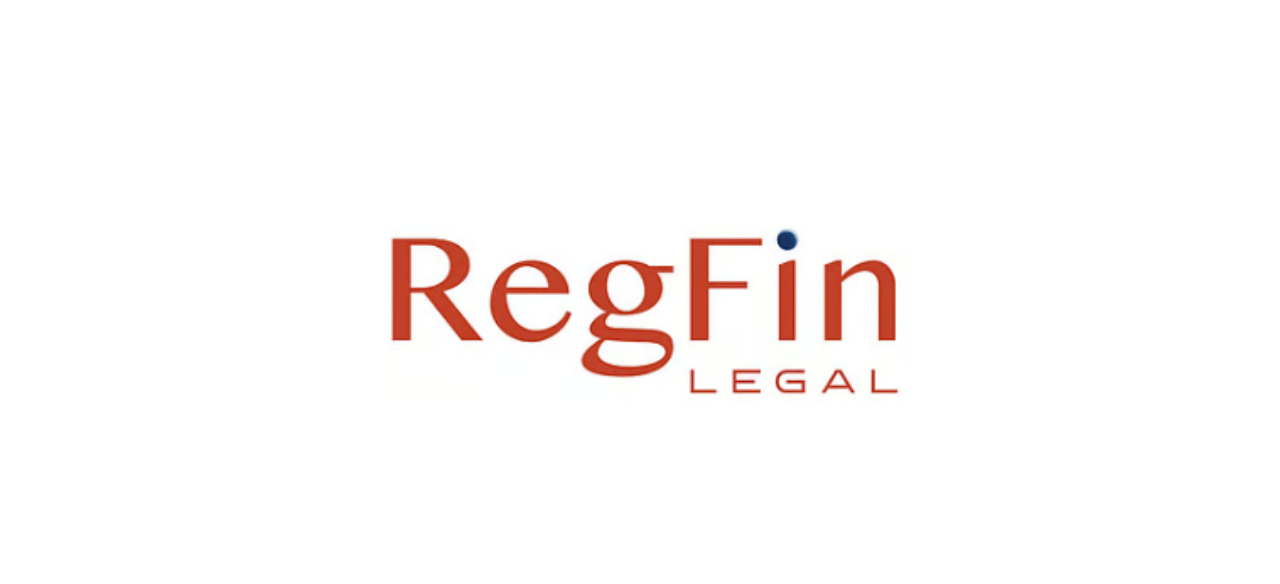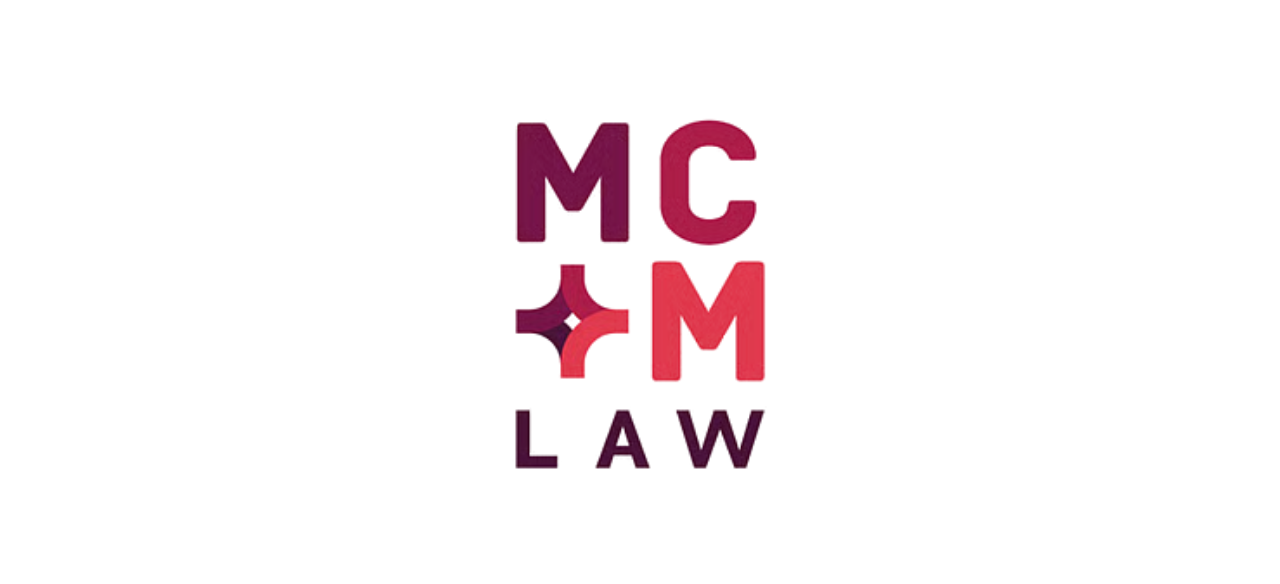INTRODUCTION
The manner in which law firms bill for their expertise can have a substantial impact on client relationships and the overall viability of the company in the ever-changing legal services industry. Hourly rates have always been the primary method of billing in the legal field. Nevertheless, in response to customers’ increasing desire for clarity, consistency, and worth, law firms are actively investigating and embracing diverse charging structures to fulfill these expectations.
This article explores the main billing mechanisms now in use, emphasizing their benefits, drawbacks, and optimal applications. Regardless of whether you work independently or as a member of a prominent law firm, comprehending these models may assist you in making well-informed choices that are in line with your practice’s objectives and the requirements of your clients.
By choosing the right billing method, companies may improve customer happiness, maximize operational efficiency, and ensure a mutually beneficial exchange of value. As we explore each billing model, you will acquire knowledge about which technique is most suitable for your legal services, ultimately enhancing client relationships and strengthening your practice.
1. HOURLY BILLING
The conventional and extensively employed strategy involves billing clients according to the duration spent on their case, usually in hourly intervals.
Benefits:
-
- Clients are able to observe a clear and direct connection between the tasks performed and the amount of money billed.
-
- Well-suited for a wide range of legal tasks, especially intricate litigation and continuous advisory services.
Drawbacks:
-
- Has the potential to result in client discontent due to high costs.
-
- The absence of incentives for lawyers to work efficiently may result from the direct correlation between the number of hours worked and the amount of fees charged.
Optimal Applications:
This technique is frequently employed for intricate scenarios with uncertain timescales, such as litigation and corporate legal services.
2. FLAT FEE BILLING
Customers are billed a fixed rate for a certain service, irrespective of the duration.
Benefits:
-
- Offers consumers a clear understanding of expenses in advance, facilitating effective budget planning.
-
- Motivates lawyers to be efficient, as their remuneration remains constant regardless of the number of hours spent.
Drawbacks:
-
- Lawyers may underestimate the amount of time needed, which could result in reduced profits.
-
- Not appropriate for many categories of legal work, especially those with unpredictable results.
Optimal Applications:
Typically employed for mundane legal duties, such as composing wills, managing uncomplicated real estate transactions, or establishing corporations.
3. RETAINER AGREEMENTS BILLING
Customers provide an initial payment to guarantee the services of the company for a certain duration or a specified quantity of work.
Benefits:
-
- Guarantees the accessibility of the attorney and ensures a consistent stream of income for the practice.
-
- Enables an ongoing connection between the attorney and the client.
Drawbacks:
-
- Clients may fail to fully exploit the prepaid services, seeing that they have spent excessively.
-
- Prudent oversight is necessary to monitor the allocation of hours or services provided in relation to the retainer.
Optimal Applications:
Ideal for corporations in need of consistent legal counsel or people with continuing legal requirements.
4. CONTINGENCY FEES
The law firm’s compensation is contingent upon the client’s success in the case, usually in the form of a percentage of the settlement or judgement.
Benefits:
-
- Clients are only required to pay if they get a favorable outcome, ensuring affordability and accessibility to legal services.
-
- The lawyer’s remuneration is dependent on the outcome of the case, thereby ensuring that their interests are in line with the client’s success.
Drawbacks:
-
- Law firms face substantial risk in the event of a loss, which could result in no financial restitution.
-
- Only applicable to specific categories of cases, such as personal injury, where substantial settlements are feasible.
Optimal Applications:
Frequently observed in personal injury cases, employment discrimination claims, and other legal matters where clients may lack the financial means to pay fees in advance.
5. HYBRID MODEL
Integrates components from multiple pricing models, such as a discounted hourly rate in addition to a contingency charge.
Benefits:
-
- Distributes financial risk between the client and the firm.
-
- Provides customized invoicing options to accommodate individual case requirements and client preferences.
Drawbacks:
-
- May entail complexity in organizing and overseeing, necessitating explicit agreements and effective communication.
Optimal Applications:
Applicable for intricate scenarios with unpredictable results, such as specific forms of business disputes.
6. SUBSCRIPTION BILLING
Customers remunerate a recurring price for continuous legal services, akin to a retainer but generally at a reduced and more stable rate.
Benefits:
-
- Offers law firms a consistent and foreseeable source of revenue.
-
- Promotes enduring partnerships with clients who require consistent legal support.
Drawbacks:
-
- May not be appropriate for all legal services, particularly those that have substantial and unpredictable time commitments.
Optimal Applications:
Frequently utilized by small firms in need of consistent legal counsel, or for legal plan services encompassing fundamental legal requirements.
7. VALUE-BASED BILLING
Charges are determined on the perceived worth of the services rather than the amount of time expended.
Benefits:
-
- Emphasizes the end result and the value provided, potentially leading to increased client contentment.
-
- Promotes and motivates lawyers to efficiently attain optimal outcomes.
Drawbacks:
-
- The value is challenging to quantify and reach consensus on, which may result in disagreements.
-
- Involves intricate discussions to determine the specific elements that are considered valuable.
Optimal Applications:
Situations involving high-value transactions, the provision of strategic advice services, and instances where the legal work’s impact is substantial and quantifiable.
CONCLUSION
Choosing the appropriate charging model is not alone about guaranteeing income, but also about cultivating trust and contentment among clients. Each of the billing techniques covered, including hourly billing, flat fee billing, retainer agreements, contingency fees, hybrid billing, subscription billing, and value-based billing, presents distinct benefits and difficulties.
Law companies can optimize their billing processes by strategically analyzing the type of legal work, customer preferences, and the firm’s operational strengths. This approach allows them to provide better service to clients and improve their own company stability. Flexibility in billing can serve as a notable distinguishing factor in a highly competitive legal market, allowing companies to both recruit and retain a wide range of clients.
The ultimate objective is to establish a billing system that is transparent, equitable, and efficient, accurately reflecting the value delivered by the legal services. In order to achieve long-term success and maintain client loyalty, law firms must adjust their billing strategies to align with the changing legal needs and client expectations. By strategically implementing these billing models, organizations can create a healthy equilibrium between client satisfaction and financial well-being.
BIBLIOGRAPHY
-
- American Bar Association. (n.d.). Model Rules of Professional Conduct. Rule 1.5: Fees.
-
- Clio. (2023). Legal Billing: What Law Firms Need to Know.
-
- Law Practice Today. (2020). The Pros and Cons of Retainer Agreements.
-
- FindLaw. (2022). How Contingency Fees Work.
-
- ABA Journal. (2019). Hybrid Billing Models Gain Popularity in the Legal Industry.
-
- The Lawyer’s Daily. (2021). Subscription Legal Services: A Growing Trend.
-
- LexisNexis. (2023). Value-Based Billing: A Modern Approach to Legal Fees.
Ghostline Legal is India’s leading, BCI-compliant, full-service tech and content firm catering exclusively to advocates and litigation chambers.








